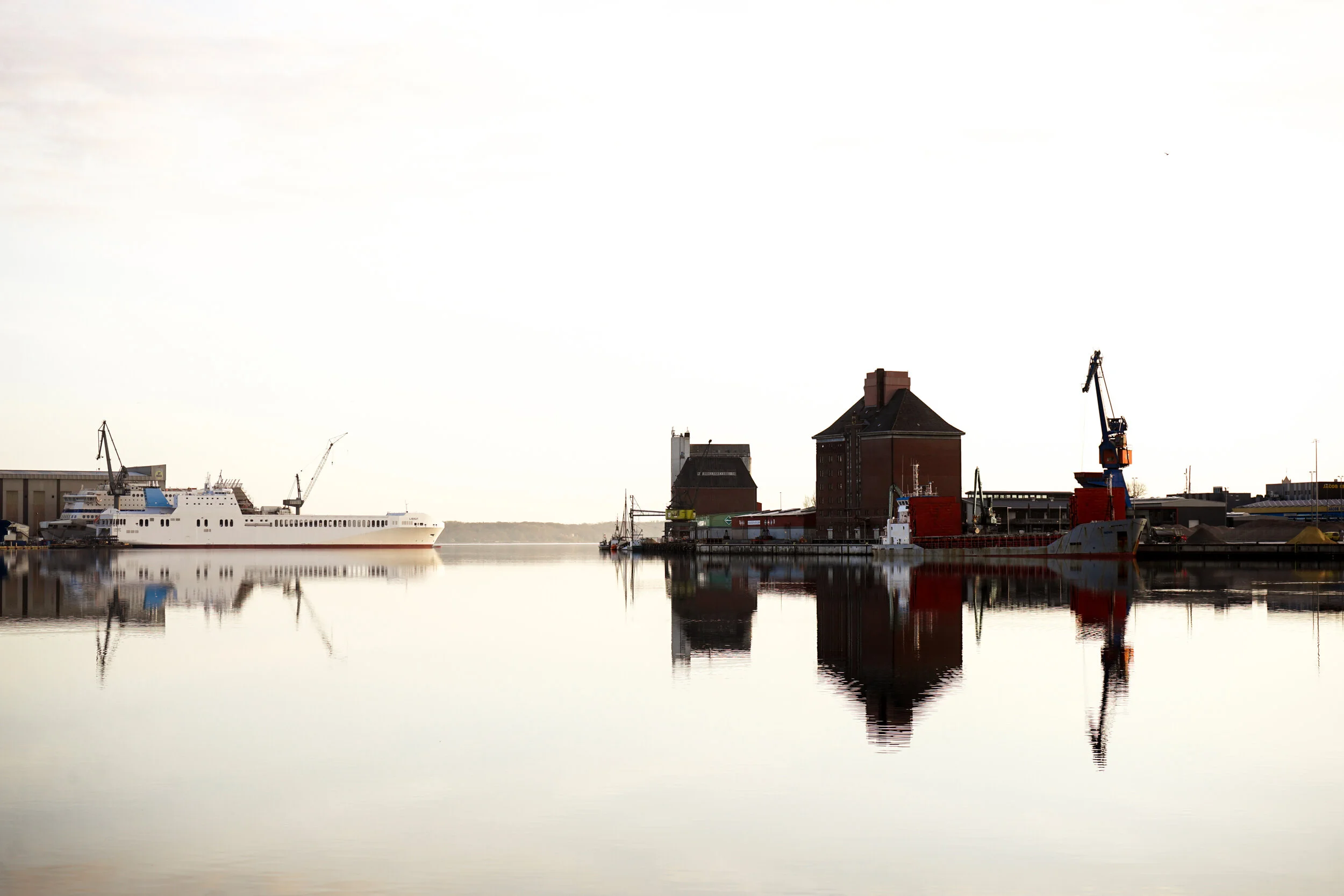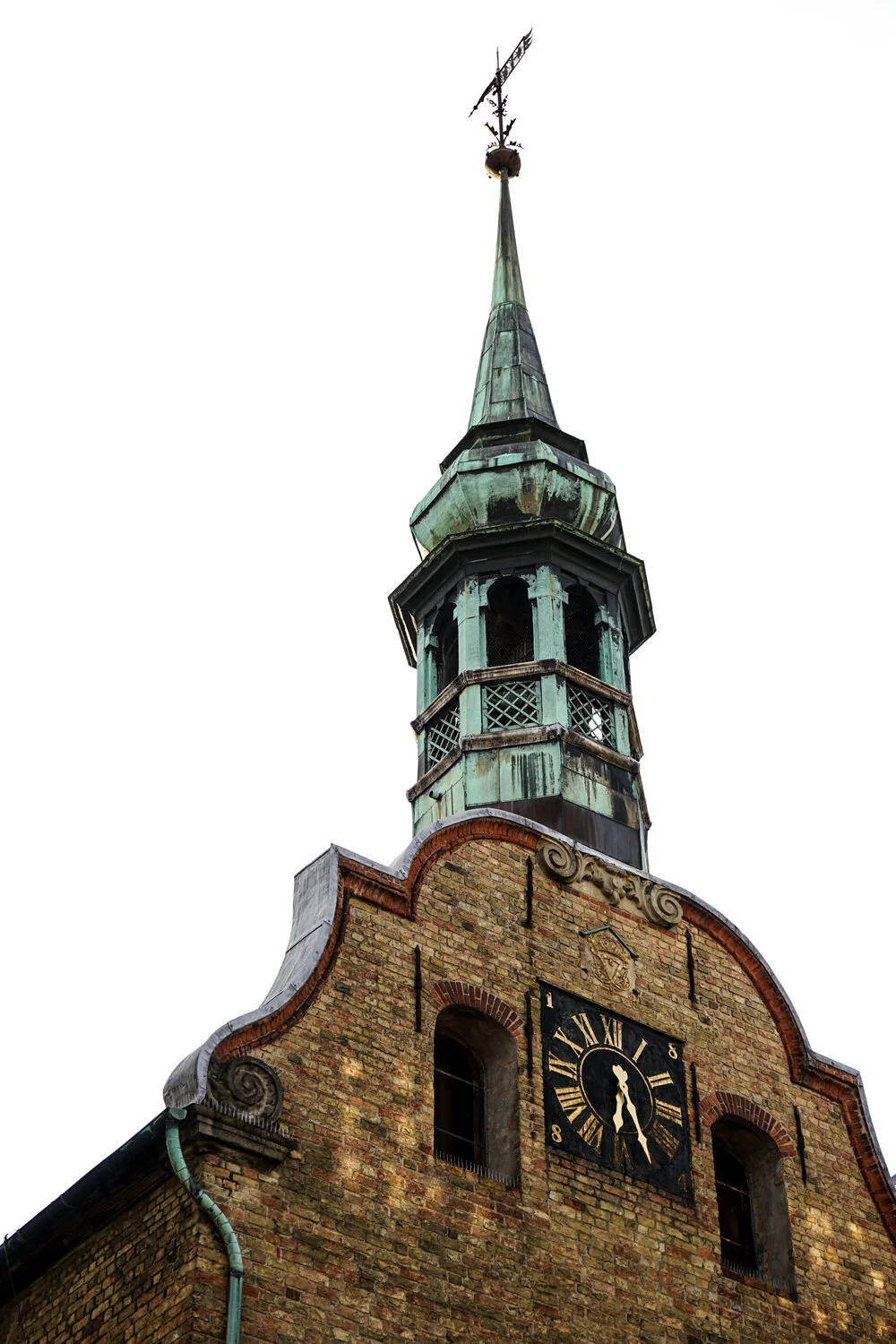Flensburg
Flensburg is a Northern German port only a few kilometres away from the Danish border. The city and the area around it were long part of Denmark, and Flensburg was indeed Denmark's second most important port after Copenhagen, up until the region chose to part from the kingdom in 1864. The Danish heritage is on full display in Flensburg's architecture, and in many street names.
From a quiet fishing town, Flensburg slowly grew to become a major commercial and industrial port of northern Europe in the 1600’s, mostly thanks to Denmark’s transformation as a colonial empire. The old herring saltworks turned into whale oil processing plants once whaling became a major activity in Greenland, then the city also turned into a center for sugar refining and rum distilling, all from sugarcane grown in the Danish West Indies. Of the dozens of “rum houses” once found across the city, two Flensburg producers still age and blend their own rums, custodians of three centuries of tradition: Rumhaus Johannsen and Rumhaus Braasch.
In its heydays, Flensburg was a town of roughnecks and sailors, perfectly illustrated by the Oluf-Samson-Gang, once a muddy, smelly alley known for its brothels, rowdy taverns and scoundrels waiting for someone to give them a side-look so they could start a fight. In the 19th century, things had already calmed down considerably and the city became rightfully appreciated for its gorgeous surroundings. Danish author H.C. Andersen liked to sojourn in Flensburg, and it isn’t hard to imagine the city might have inspired a few of his fairy tales.
Unlike many large cities in Germany, Flensburg managed to go through the Second World War mostly unscathed, and its historical centre is still lined up with buildings from the 1700’s. The harbor is the home of a massive float of sailboats, and the waterfront by the Old Town is home to the Historischer Hafen, a museum shipyard and wharf where old ships are restored, built and operated. In the Centre, Norderstraße is the main shopping street, bookended by a 16th-century city gate, but most famous for its Shoefiti, an art installation made from hundreds of pairs of shoes dangling on a series of steel cables mounted above a 500-metre stretch of the street.
There are so many other stories around Flensburg, such as the Isted Lion, the notorious Flensburg Cabinet, the city’s connection to the legendary Zeppelin airships, the “Flensburg Points”, its ubiquitous Pils, or even its world-class shipyard that built ferries being used today on the Canadian West Coast, but I’ll leave these untold for now. Cheers!



























